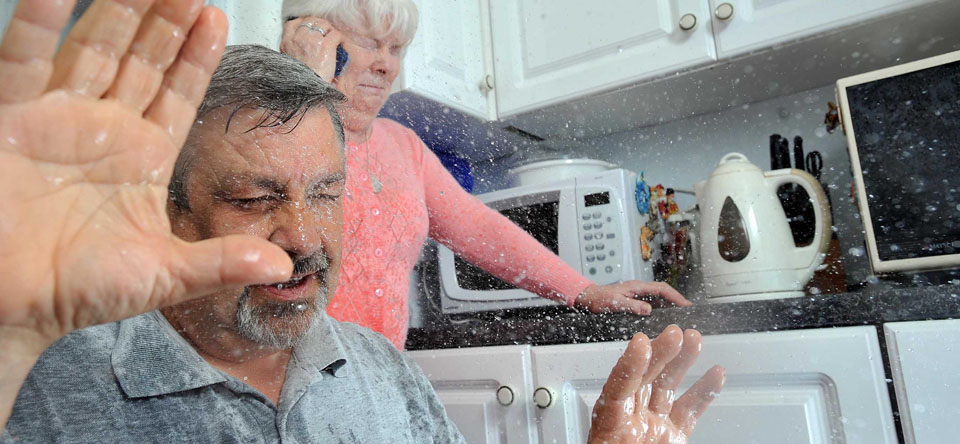Blocked drains of any description can be a total nightmare. Nobody likes standing in a foot of soapy water every time they have a shower and a blocked toilet is deeply unpleasant, particularly if it’s the only one available and you all ate curry last night. Blockages are one of the commonest plumbing problems. They affect most home and business owners at one time or another, but what not many people realise is that there are two types of blockage: hard and soft. So what is the difference and how should you deal with each type of blockage?
Do I Have a Blocked Drain?
Drain problems often develop slowly. In the beginning when all is right with the world and your drains, water disappears instantly down the plughole and you don’t give the matter a second thought. After a while, though, you have standing water in the sink, shower or bath and curious ‘glugging’ noises are emanating from the plughole as the water slowly drains away. In the case of toilets, you might find that it doesn’t always flush properly and you have to flush several times before the contents of the bowl disappear.
What Causes Blockages?
There are many reasons why drains become blocked and not all of them are within your sphere of control. In answering the question of what causes blockages, I will also address the difference between soft and hard drain blockages.
Soft Drain Blockages
Soft blockages are the most common type of material clogging up drains. Hair mixed with soap scum is a very effective material for gluing up bathroom drains. In the case of toilets, excessive amounts of toilet paper, sanitary towels and even disposable nappies can do a great job of causing a pile-up in the U-bend. In the kitchen, blocked drains are usually caused by a build-up of cooking fat and food residue: deeply unpleasant and difficult to shift if it has been allowed to accumulate over a long period of time.
Clearing Soft Blockages
For minor blockages, your best bet is to try a drain cleaner from your local supermarket. They are usually effective when the blockage is relatively near the sink drain. However, if a lot of material has built up and the blockage extends deep down into the pipe system, you will require professional assistance in the form of a plumber and a plumbing snake. Toilet blockages can often be cleared with the aid of a large plunger. Alternatively, strap some rubber gloves on and go on an exploratory mission down the u-bend. It won’t be pretty, but it could save you time and money. If this doesn’t work, call a plumber.
Hard Drain Blockages
A hard blockage is more serious and expensive to fix. In this instance you are dealing with objects blocking the drain, usually outside. Tree roots are a good example of a hard drain blockage. Over time tree root systems can infiltrate external drains and sewer pipes causing all kinds of mayhem. Mineral build-ups are another example of a hard blockage, although this is more common in hard water areas and doesn’t happen overnight.
Clearing Hard Blockages
A bottle of drain cleaner is not going to get rid of a tree root in your drainpipe. In fact not even a plumber with his trusty sink plunger and plumbing snake is going to have much luck clearing a hard blockage. You may also need to hire a specialist drain camera inspection company to work out exactly where the blockage is.
For blocked drains, leaky towel radiators and any other plumbing emergencies, use your common sense: if you don’t have the skills or tools to fix the job, call in a plumber!

